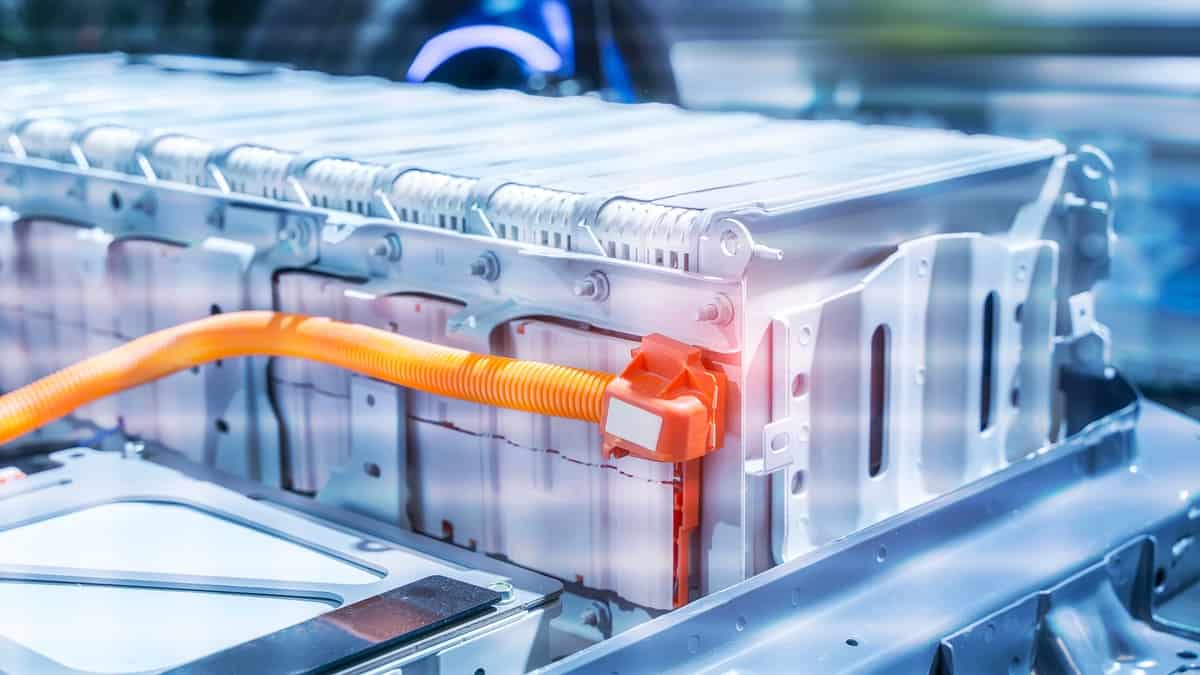Rice University researchers discovered a partial solution to the persistent issue of disposing of li-ion batteries. The method is based on the distinct “flash” Joule heating technique they designed to make graphene out of waste under the “Flash Recycling of Graphite Anodes” research.
Chemist Professor James Tour has modified the procedure to swiftly regenerate the li-ion battery’s graphite anode components. Interestingly, the modified process eliminates impurities, so they may be reused repeatedly.
Remarkably, Advanced Materials published the Chemistry lab’s research.
Concept
Researchers claim that some of the “staggering” amounts of commercial waste batteries produce can be recycled by flashing powdered anodes.
Interestingly, inorganic salts like lithium, cobalt, nickel, and manganese from an anode are said to be quickly broken down by a burst of high energy. The researchers suggest that processing them with little hydrochloric acid will allow you to recover these critical minerals.
“The production of lithium-ion batteries in 2026 is expected to be five times what it was in 2017, and right now, less than 5% of them are recycled. That puts a heavy load on the environment, as these spent batteries are processed, and the anodes are burned for energy or sent to landfills.
We’re claiming our process can recover critical metals and recondition anodes in a far more environmentally and economically friendly manner.”
Chemist Professor at Rice University James Tour
Furthermore, the laboratory found that the solid-electrolyte interphase (SEI) deteriorated by flashing anodes. In addition to carrying li-ion cells, it protects the anode from damaging reactions.
The leftover graphite particles are then flashed with an ion-permeable carbon shell. The lab claims it improves its potential capacity, rate performance, and cycling stability. Unlike those materials typically recycled through an energy-consuming procedure known as high-temperature calcination.
Notably, one ton of untreated anode waste is estimated to cost roughly $118 to recycle.
“Beyond the spent graphite anodes, we are confident that the cathodes, the electrolytes and their mixtures can be effectively recycled or reconditioned by our method.”
Rice University graduate student Weiyin Chen, lead author of the study

